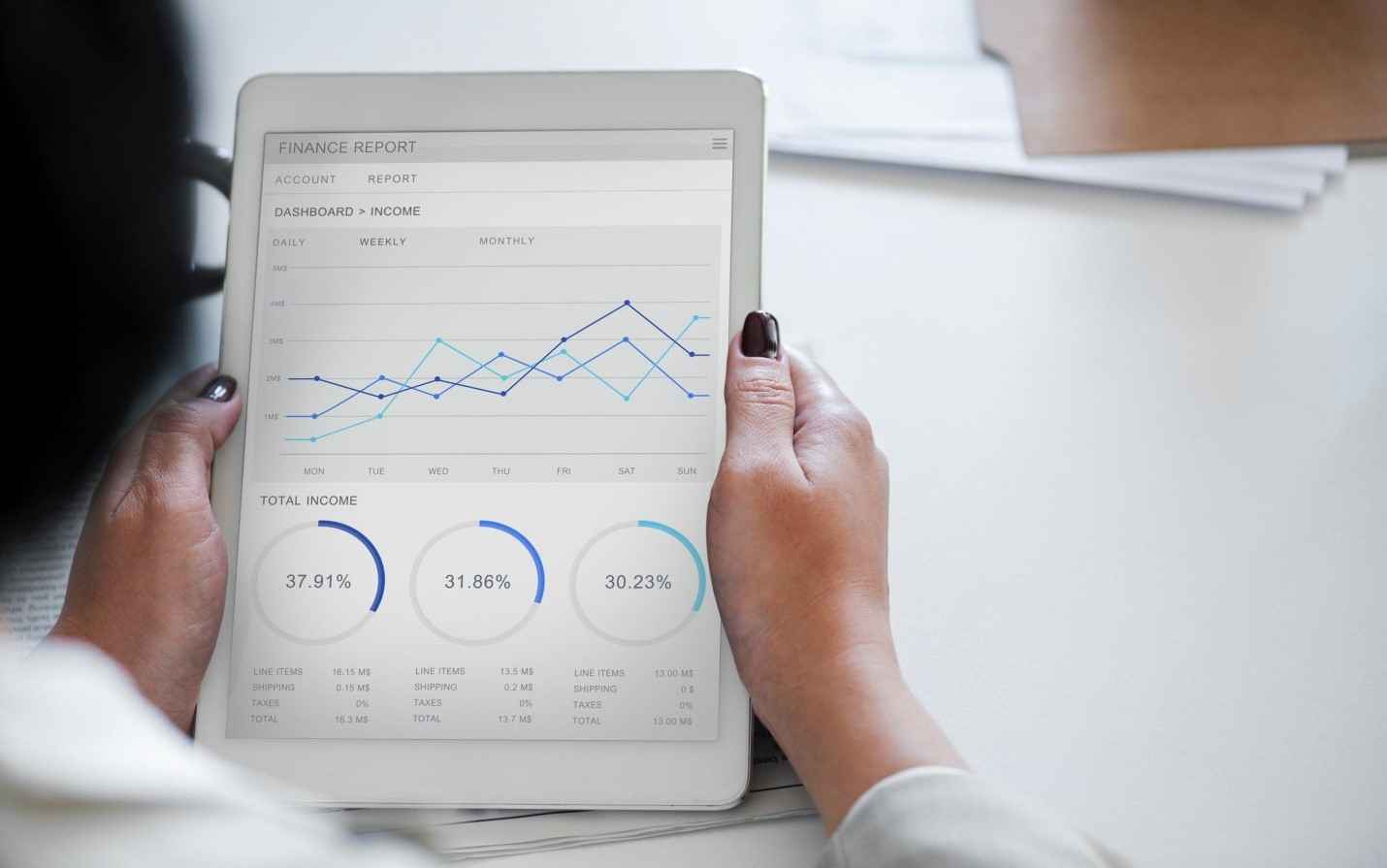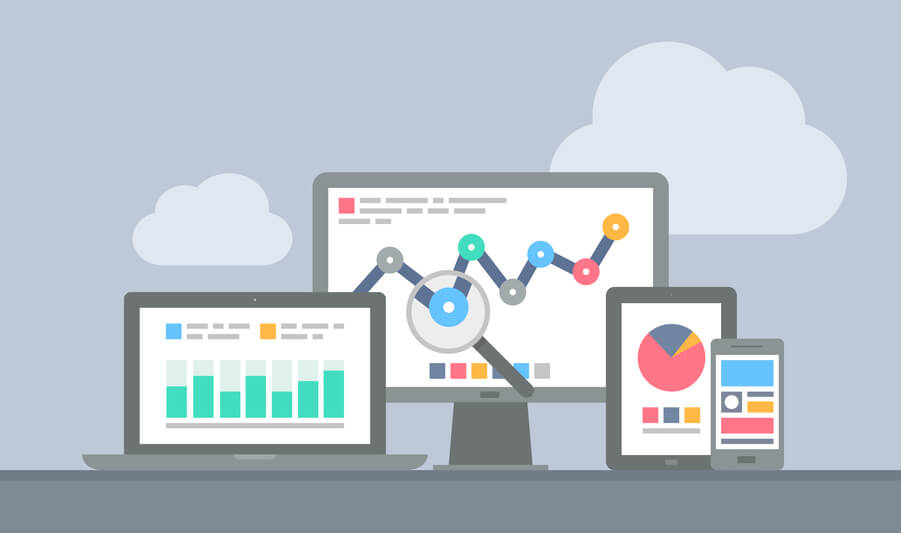Understanding & Maintaining Data Quality in Digital Analytics

Data is the new oil – You must have heard this one before. As we steer into new digital ecosystems the role of data is becoming more and more critical. Data is no longer some factual information but a vital element in making key business decisions. According to Oxford Economics and SAP, 55% of businesses use data to drive their decisions. Consequently, the tools for collecting, processing and analyzing the data has also seen an expansion in recent years.
While the collection of data is widely talked about, much less is said about data quality. Though data is playing a vital role, it’s quality remains a troubling problem for many businesses. What’s worse is how relying your results on inferior quality data can skew your company’s results in a negative direction.
Fortunately, for those who make data quality a top priority, trustworthy data is within reach. All you need is a framework and some suggestions to make sense of all the data available. This guide will just do that. It will help you analyze and extract high-quality data from all your digital analytics efforts.
The 5 Dimensions of Data Quality in Data Analytics
- Accuracy – Does your data reflect the exact thing happening?
- Completeness – Is your data sufficient enough?
- Cleanliness – Is your data error free?
- Timeliness – Is your data available when needed?
- Consistency – Is your data consistent over platforms?
Let’s discuss each of these dimensions in detail…
-
Accuracy of the Data Available:
To understand this aspect of data quality, you must first understand what accuracy and precision are?
Accuracy: Accuracy refers to the degree to which the measurement is close to its true value.
Precision: Refers to the repeatability or reproducibility of a measurement
The quality of your data analytics depends on these two factors. These are the figures which drive your marketing campaign, key business decisions, how to manage your digital presence etc. With so many decisions being influenced by this factor it is wise to say that accuracy and precision in digital analytics is a non-negotiable factor.
But in recent years with various tools coming in with their own performance metrics, the reliability of those metrics is under question. For example – Can you trust the accuracy and authenticity of the metrics in your keyword planner tool?
Given this, some companies devise their own tools and techniques to measure the data accurately and maintain quality. Yet this is too risky since an in-depth knowledge of quality factors and a certain level of how to refine the data knowledge are absolutely necessary for accurate metric calculation.
Two Important Factors to Consider While Laying The Foundation of Accurate Data Measurement.
- Calculations behind your KPI’s:
Let’s assume your KPI is the number of sessions a visitor is having on your website. If he watches a video first and then starts browsing your website, based on the analytical tool you use, the sessions are recorded as either one session or two sessions.
Measurement accuracy depends on how you have defined your measuring KPI’s and precision depends on the ability of your tool to capture the data available. Both require a rich experience and specific knowledge about digital analytics. In such cases, working with a professional could help you exercise better KPI’s, measurement tools and improve both accuracy and precision.
- Identify and Exclude Bot Traffic:
For an accurate view of your website traffic, you should be able to identify and exclude bot traffic from your data. Google and Facebook have implemented various strategies to eradicate this behaviour. But identifying bots is difficult. You need to ask for professional help who has developed an experience of working with such bots. Your ability to exclude bots directly affects the quality of digital data you are collecting.

- Completeness
Is your data sufficient enough to make informed decisions? Is your data collected from all the platforms? Is data missing or corrupt?
In order to make sense of your data collection efforts, your data must be rich in quality and quantity. The data gathered by your digital analytical tool must be complete, comprehensive and sufficient enough to make key business decisions.
Your analytical tool must capture the data accurately and should also provide techniques to filter out irrelevant information to make sense of the data available. When data is missing or corrupt you may end up making decisions that are far away from reality.
If you based your decision on only 60% of website visits, you are not getting a clear picture.
If you based your decisions based on 20% broken links, you are not getting a clear picture.
It can be really dangerous for your business to navigate through insufficient data. Incomplete data can never produce quality decisions.
Three Things to Look Out When Reviewing Your Data Completeness
- Unreliable data Collection servers:
Your preferred digital analytical solutions should be able to capture, process, analyze and measure every single interaction a user has with any of your digital properties, at any moment, all the time. During the time of heavy traffic, it becomes more critical for your data collection tools to capture data without missing a beat.
For example – Let’s say you are running a digital marketing campaign to drive traffic to your website. In a few hours, you start receiving huge traffic to your website but your data collection tool can’t handle the traffic amount and fails after a certain limit. Not only you miss a chunk of data, but you also miss out the opportunity to optimize your efforts and boost your ROI. You now have an insufficient amount of data and inconsistent campaign performance report.
What you can do is try out different tools (At least their free trial versions) and see which analytical tool suits best for your organization. You can even hire digital professionals to look after your data efforts. But make sure they can commit a maximum availability of their data collection mechanisms.
- Missing or Broken Tags
As you continuously update and enrich your website performance, there are chances that you may break your analytical tags. It is common to have some broken tags on a website which constantly update its web pages. While sometimes those are difficult to detect, these minor broken tags can have a huge impact on your data quality and completeness.
For example – let’s assume you have an e-commerce website dealing with travel accessories. You try to analyze the path taken by the user to navigate through your most successful products. Since your tags are broken, your digital analytical tool fails to capture this data or captures only partial data which creates an erroneous picture. You won’t be able to see the most navigated path and may end up considering the path as ineffective.
What you need to do is beyond implementing analytical tags, you should also make verification process and quality check a part of your analytical strategy. This will help you ensure that all the tags are valid and capture the data necessary for your processing.
- Data Lacking Key Information
Your data sets must be complete and should be able to paint a clear picture of what exactly you are looking for. It’s not that every time a tool will malfunction, sometimes the tool may even lack the capability of capturing and processing the data.
For example – Let’s say you want to compare the number of conversions happened through mobile devices, but if your tool lacks the capability of capturing that data you may end up with a complete set of data but lacking key metrics.
For a reliable view of all your complete data, choose the analytical tool which has the capability of capturing all the necessary information. Look for a solution which provides enriched data and flexible co-relation possibilities.

-
Cleanliness
In the previous section, we saw why data completeness is necessary for data quality. But having just complete data doesn’t guarantee you a rich data quality. The data collected must clean enough to understand and measure.
Despite all your efforts to maintain clean data, there is always some room discrepancies. With each campaign, each tag, each web page you run the risk of capturing unclean data. It becomes hectic for your analyzers to navigate through unclean data every time you make some changes. It can create inefficiency in your data analysis by providing unclear data values.
Two Major Reasons for Capturing Dirty Data
- Incorrect Tagging:
You must have experienced these situations where you forget to update tags when you make some changes to the website. Or launch a marketing campaign only to realize that you forgot to add the important tag. Situations are many, but problems remain the same: Your data is now unclean because of a minor mistake.
The solution is you need to identify the mistakes in the first place. Make a list of all the tags you need on the website and if necessary the list of tags you don’t need on the website. Whether you use an integrated tag management system or a dedicated TMS, this is the step you need to follow.
- Inconsistent Formatting:
When collecting data, short numeric strings are preferred over long text-based strings. If there are some parameters which are expressed in a different manner (Ex language as “eng” and “English”) will be collected in different columns and it becomes a headache to navigate through this type of data requiring your analysts to manually analyze the data.
To ensure that the data you collected is clean, you need to define some internal parameters on how you want your tags to be defined. There are numerous tools which convert the complex analytic data into a human-readable form for better extraction of insights.

-
Timeliness
Well it’s important to have the data accurate, complete and clean. But all your dimensions are useless if they are not available on time. The real boon of the digital world is that it provides data in real-time and if your tool doesn’t leverage this opportunity, you will end up making some costly mistakes.
Timeliness is indeed everything. People react to your marketing campaigns quickly and if you don’t have data available to make necessary changes in real time they can cost you revenue opportunities. To understand and better understand the need of your customers, it’s not just enough to have data, but you also need data in real time. You need some strategic data like sales revenues, products which are performing better and products performing worse in that exact moment. Having real-time data means you can quickly fix any technical errors before they cost you any opportunities.
Three Things To Follow While Implementing Timeliness
- Adapt Site Content and messaging in real time:
You go to great lengths to capture customer information and see how they are interacting with your website. With real time data you not only can understand your customer better but react to their needs at the critical moments.
For example – With real-time data analytics you can segment the social media data for a specific geographical location and understand how different topics and content is trending in different location. You can tailor your approach to suit the need of that particular audience at that particular time.
You can leverage real-time analytics on your e-commerce website and target those customers who have recently abandon your cart to incite them to make a purchase.
- Detect Technical Issues Immediately:
Real-time data has the merit of updating you with real-time technical issues pertaining to your website.
If there is a sudden drop in the website traffic or somebody hacked your website, the data and all the necessary information should be readily made available by your data analytical tool. It will help you identify the significant roadblocks and keep functioning your site smoothly.
- Optimize Marketing Efforts in Real Time:
When it comes to your marketing efforts, every penny wasted is a loss. Timely data is the key to smart optimization of your spendings.
For example – You may invest in PPC ads to boost your E-commerce sales but soon get to know that your social media efforts are actually paying off better. You can soon switch off the PPC campaign and relocate your efforts to Social media.
-
Consistency
Today the conversations between brands and customers happen over multiple platforms. A user may start their journey on social media but may end up purchasing the product by clicking on the PPC ad. As companies try to collect data from different sources they are burdened with different tools resulting in a fragmented and disparate data.
How can you trust your data if each source of information is displaying different metrics? Which source should be trusted? IS your point of reference accurate?
Only via a reliable tool companies can obtain consistent and reliable data from various platforms including website, mobile apps, social media etc.
Two Tips To Ensure Consistency In Your Data
Identify Your Point of reference:
Using different tools to calculate your metrics can mean getting different results for the same metrics. Every digital tool has its own database and a way of calculating the analytics metrics. Even a simple visit metric is calculated differently via different tools. Sometimes the same data set is captured differently in the same tool based on its configuration.
You need to determine in advance which calculation and the method of capturing suits your interests. The main definition becomes your reference point while calculating that particular metric across all platforms.
Ensuring Consistency across devices:
When using different analytical tool to measure different metrics you may end up having a fragmented data that is difficult to analyze. For example – A user may log in your website from a desktop and later make a purchase through mobile device. If you two different tool to capture desktop and mobile conversions, the same user may be recorded as two different users. When attempting to wove together all the data you will have an incorrect view of your efforts.
Opt for a analytics tool which is robust and possess the capability of collecting, processing and measuring the data in the same dashboard. A tool which consistently captures all the information from different platforms will save a lot of time, trouble and risk of inaccuracy.
Finding the best analytics tool for you is a tough task, you need to experiment with different data tools to find the one suitable for your organization.
Conclusion
With new advancement in data capturing methods, data will be available to everyone. The digital tools you use to capture the data can be leveraged even by your competitor. But having quality data is what will set you apart from them. The 5 dimensions mentioned above can surely help you capture quality data and will surely optimize your digital analytical efforts.

Kalyan Banga226 Posts
I am Kalyan Banga, a Post Graduate in Business Analytics from Indian Institute of Management (IIM) Calcutta, a premier management institute, ranked best B-School in Asia in FT Masters management global rankings. I have spent 14 years in field of Research & Analytics.








0 Comments